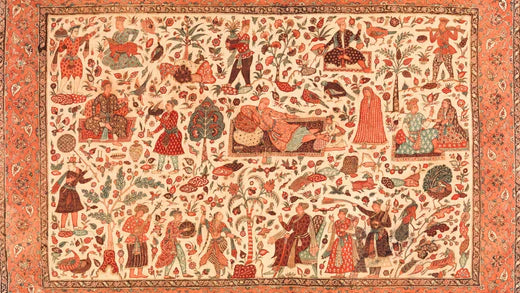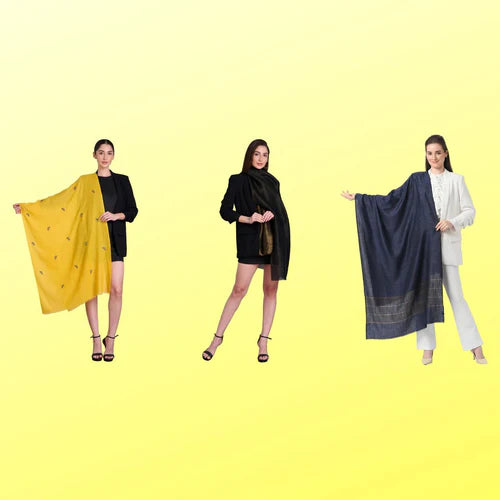What Is The Difference Between Zari And Zardosi?
Embroidery has been a very important part of fabric designs for centuries. There are numerous ways to achieve beautiful patterns through embroidery. Needlepoint is a type of embroidery that includes a needle, thread, and fabric. People are still using it for multiple fashion and decor trends.
Zari and zardosi are types of needlepoint embroidery, and they deserve a good explanation to be understood properly. It originally came from Persia and is now considered the richest embroidery in India.
Introduction To Zari And Zardosi
The main difference between Zari and Zardosi is that the former is mainly related to stitching and the latter mostly involves embroidery. The states in India where traditional ways of Zardosi are still followed are Madhya Pradesh, Uttar Pradesh, Gujrat, etc.
In zari work, metallic threads with various unique techniques are used to create a detailed pattern. Zari embroidery is an integral part of traditional outfits like saris and lehengas.
Zardosi is used for everything from bridal outfits to decorative pillows. Zardosi was a name given to Iranian carpets that made their way to India during the Mughal period. The patterns in Zardosi are made with a needle and metallic threads, usually in the colors silver and gold.
Factors That Determine The Difference Between Zari And Zardosi
The Techniques
Although the threads used in both embroideries are more or less similar, the techniques used to make a product are different. In zardosi, the artist stitches the thread into the fabric in a particular pattern. Whereas in zari, an Aari or tambour hook is used to weave threads into cloth. This technique makes it possible to create detailed designs. The needlework in zardosi is more time-consuming than zari embroidery, and the designs also come out more intricate and detailed.
Design And Style
The patterns used in zari are mostly derived from plants and flowers, whereas the patterns used in zardosi include detailed paisley and geometric themes. You will find zardosi work on a lot of home decor and high-end items. Zari has a wide range of metallic threads used on it to create a shimmering appeal.
Time, Effort, and Cost
When it comes to the amount of time that zari and zardosi embroidery takes, it completely depends on the patterns. The more detailed the pattern is, the more time it consumes. But zari embroidery is still less time-consuming as compared to zardosi because they use a hook-shaped instrument to achieve the stitching in zari.
The cost of both embroideries depends on the designs and materials used. Zardosi embroidery is usually more expensive than zari.
The Bottom Line
There are clear differences between zari and zardosi embroidery, and each one has something unique to offer. Where zari work uses silk and metallic threads, on the other hand, zardozi embroidery includes golden and silver threads. Zardosi patterns are also considered a little more complex than zari. But the distinctions do not affect the cultural importance of both embroideries. They are equally valued and appreciated for the time, effort, and expertise involved in making a single piece. So there is no point judging them based on the price because it takes sweat and blood to do the kind of work zari and zardozi embroideries really require.


